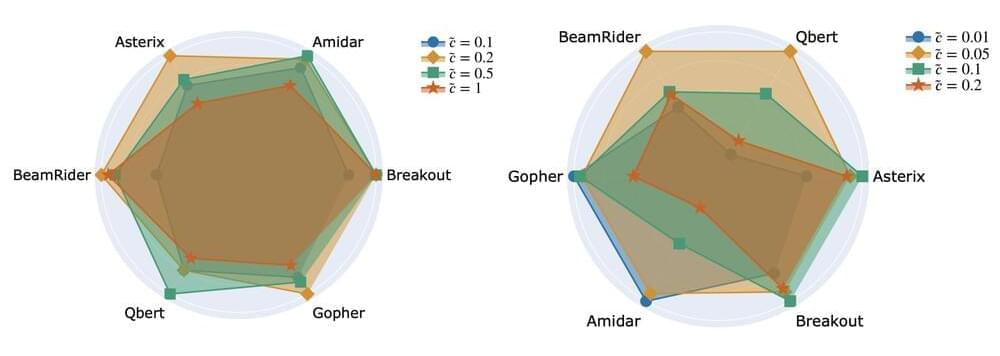@Meet Kevin is a 30-year-old dad and financial analyst. He’s amassed a following of nearly 2 million subscribers on YouTube with his large library of financial content. He recently ran for California governor and owns a lot of Tesla stock.
Meet Kevin’s YouTube: https://www.youtube.com/@MeetKevin.
Neura Pod is a series covering topics related to Neuralink, Inc. Topics such as brain-machine interfaces, brain injuries, and artificial intelligence will be explored. Host Ryan Tanaka synthesizes informationopinions, and conducts interviews to easily learn about Neuralink and its future.
Twitter: https://www.twitter.com/ryantanaka3/
Support: https://www.patreon.com/neurapod/
Please consider supporting by joining the channel above, or sharing my other company website with retirees: https://www.reterns.com/. Opinions are my own. Neura Pod receives no compensation from Neuralink and has no affiliation to the company.






